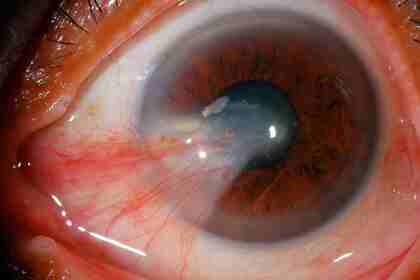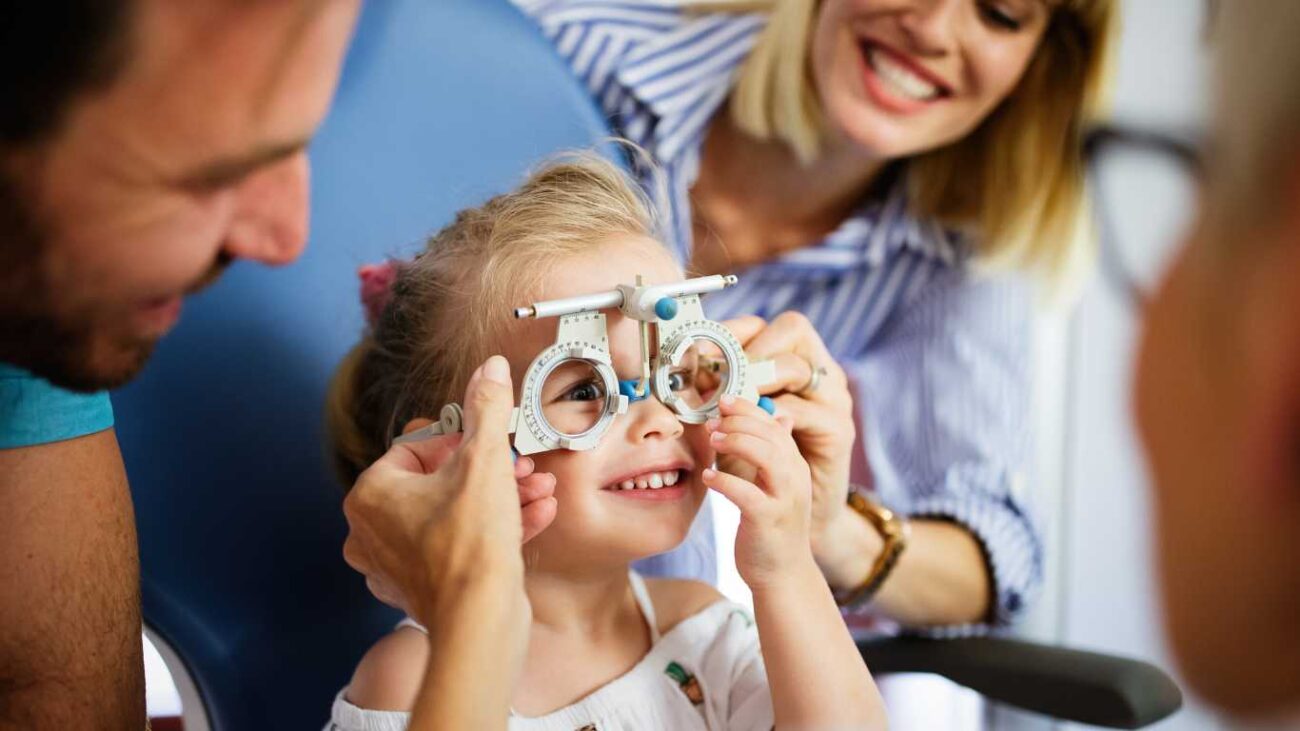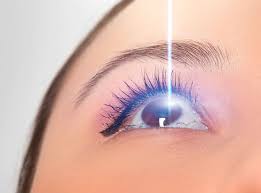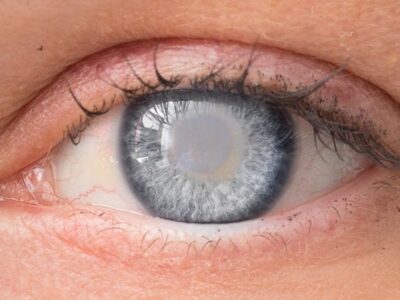INTRODUCTION:
Pink eye, also known as conjunctivitis, is the inflammation of the thin, transparent layer of tissue called conjunctiva that covers the white part of the eye. This condition causes notable redness and inflammation of the conjunctiva—the tissue covering the eye’s surface. As a result, the eye takes on a pink or reddish appearance, often accompanied by sensations of itching, burning, and tearing. The causes of pink eyes can vary; it can stem from viruses, bacteria, allergies, or irritants. While this condition usually resolves on its own, cases caused by bacteria may require antibiotic treatment. Implementing preventive measures, such as practicing good hygiene and refraining from touching the eyes, is essential in maintaining eye health.
CAUSES Of Pink Eye:
This viral condition can manifest due to a range of factors. These include sharing personal items, such as utensils or personal care items, as well as engaging in activities like shaking hands and touching your face. Additionally, exposure to common surfaces like doorknobs, railings, and communal objects can also contribute to the spread of the condition. It’s essential to remain vigilant about these potential modes of transmission and adopt preventive measures to reduce the risk of infection.
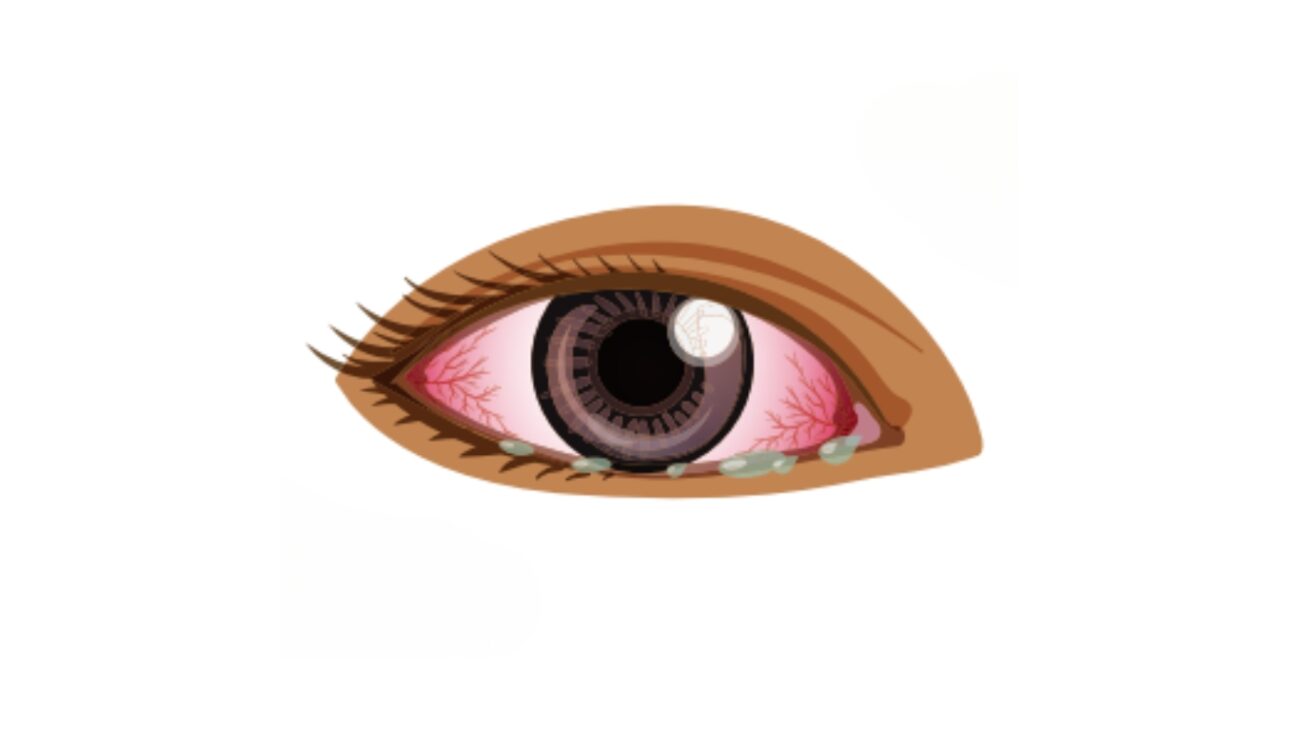
TYPES Of Pink Eye:
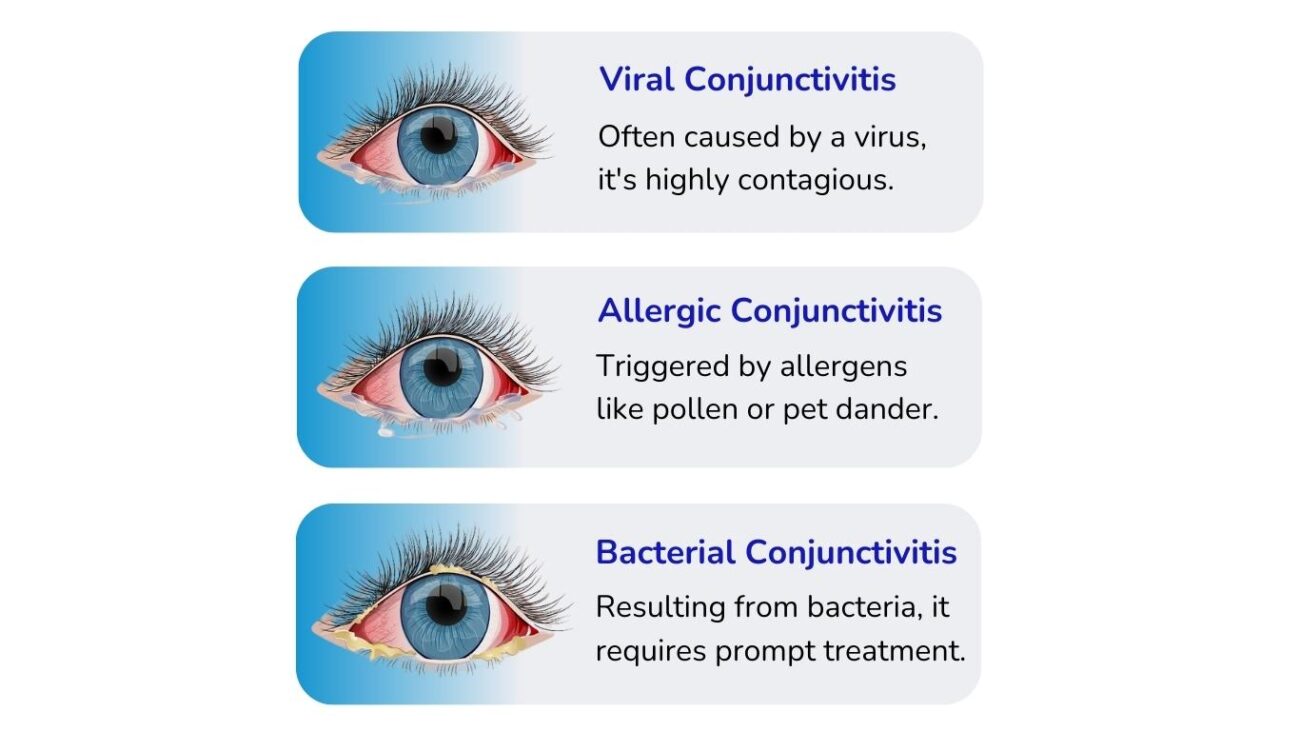
Pink Eye SYMPTOMS:
- Redness: The white part of the eye becomes pink or red, indicating inflammation.
- Watery and Mucus Discharge: Constant watery discharge from the eyes, often accompanied by a feeling of moisture.
- Itchiness or discomfort in the eyes.
- Eyelid Crusting: Crusting occurs, causing the eyelids to stick together during mornings upon waking up.
PREVENTION Of Pink Eye:
1. Guard Your Eyes:
Avoid touching or rubbing your eyes to proactively prevent potential irritation and the risk of infection. This simple habit can contribute significantly to maintaining your eye health and overall well-being.
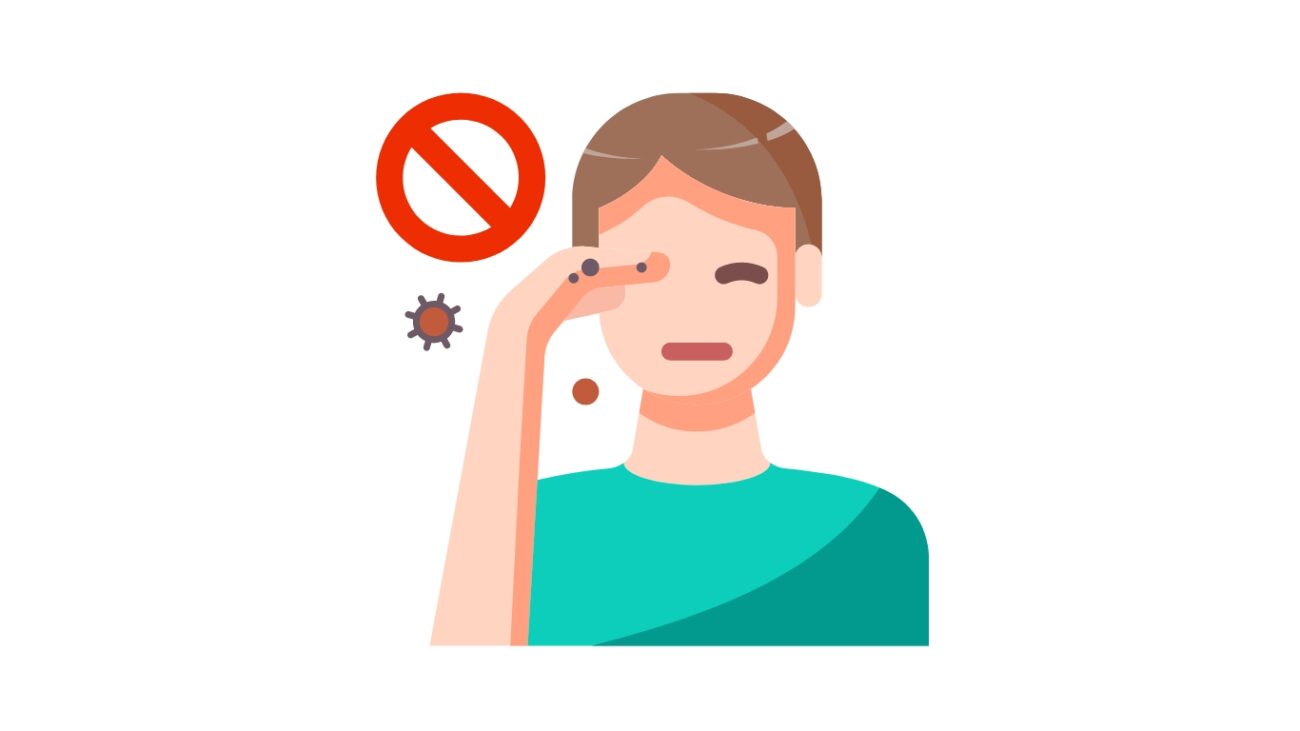
2. Maintain Safety with Clean Hands:
Keep germs at bay by consistently washing your hands with soap and regularly sanitizing. These hygiene practices are essential in preventing the transmission of harmful microorganisms and maintaining a healthier environment.
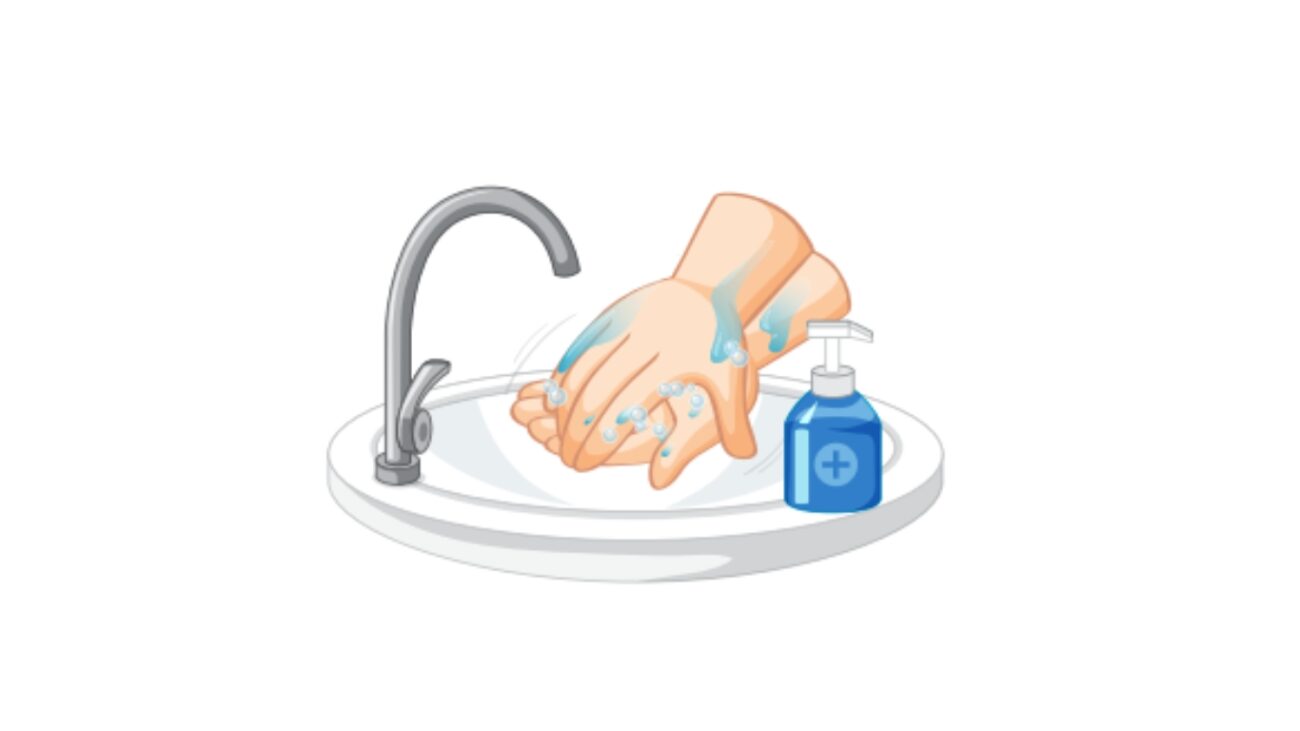
3. Practice Distancing:
Uphold public health by adhering to social distancing guidelines and by covering your nose and mouth when coughing or sneezing. These practices play a pivotal role in preventing the spread of infections and contributing to the well-being of the community.

4. Avoid Sharing Personal Items:
To mitigate the risk of infection, it’s important to minimize the practice of sharing personal items like towels and eye drops. This preventive measure significantly reduces the likelihood of transmitting harmful pathogens and helps maintain overall hygiene.

5. Don’t Self-Medicate:
To ensure the efficacy of medical treatment, it’s crucial to steer clear of unnecessary antibiotic or steroid usage. Utilizing antibiotics or steroids without proper medical guidance not only fails to address the root cause effectively but also contributes to the development of antibiotic resistance. This can render these medications less effective when they are genuinely needed. Therefore, it’s imperative to consult a healthcare professional before considering any antibiotic or steroid treatment, ensuring that the chosen approach aligns with the specific nature of the condition and the guidance of a qualified medical practitioner. This prudent approach not only safeguards your current health but also preserves the effectiveness of these treatments for future medical needs.

Shield Against Allergies:
To mitigate potential allergy triggers and ensure the protection of your eyes, it’s advisable to don protective sunglasses or spectacles. This simple practice can go a long way in preventing irritants from coming into direct contact with your eyes, promoting comfort and visual health.

Author Details:
Dr. Sushruth Appajigowda holds a prominent position as a Cornea, Cataract, Glaucoma, and LASIK Surgeon in Bangalore. He serves as the chief Cataract and Refractive surgeon at Vijaya Nethralaya Eye Hospital, Nagarbhavi Bangalore. Renowned as one of the finest LASIK surgeons nationwide, he brings with him over 12+ years of experience across multiple LASIK platforms, including ZEISS, ALCON, SCHWIND, AMO, and Bausch and Lomb. Having successfully conducted over 5000 LASIK procedures, Dr. Sushruth holds the title of a Certified Refractive Surgeon and a Fellow of the All India Collegium Of Ophthalmology. Furthermore, he stands as a distinguished speaker at various National and International Forums, using his expertise to guide you in selecting the most suitable procedure based on your health requirements.

Conclusion:
In conclusion, understanding Pink Eye and its various aspects is crucial for prompt identification, appropriate treatment, and preventing its spread. By recognizing the symptoms, exploring treatment options, and adopting preventive measures, individuals can ensure their eye health and minimize discomfort. Whether it’s managing symptoms at home or seeking medical attention when necessary, staying informed empowers everyone to maintain clear and healthy eyes.





